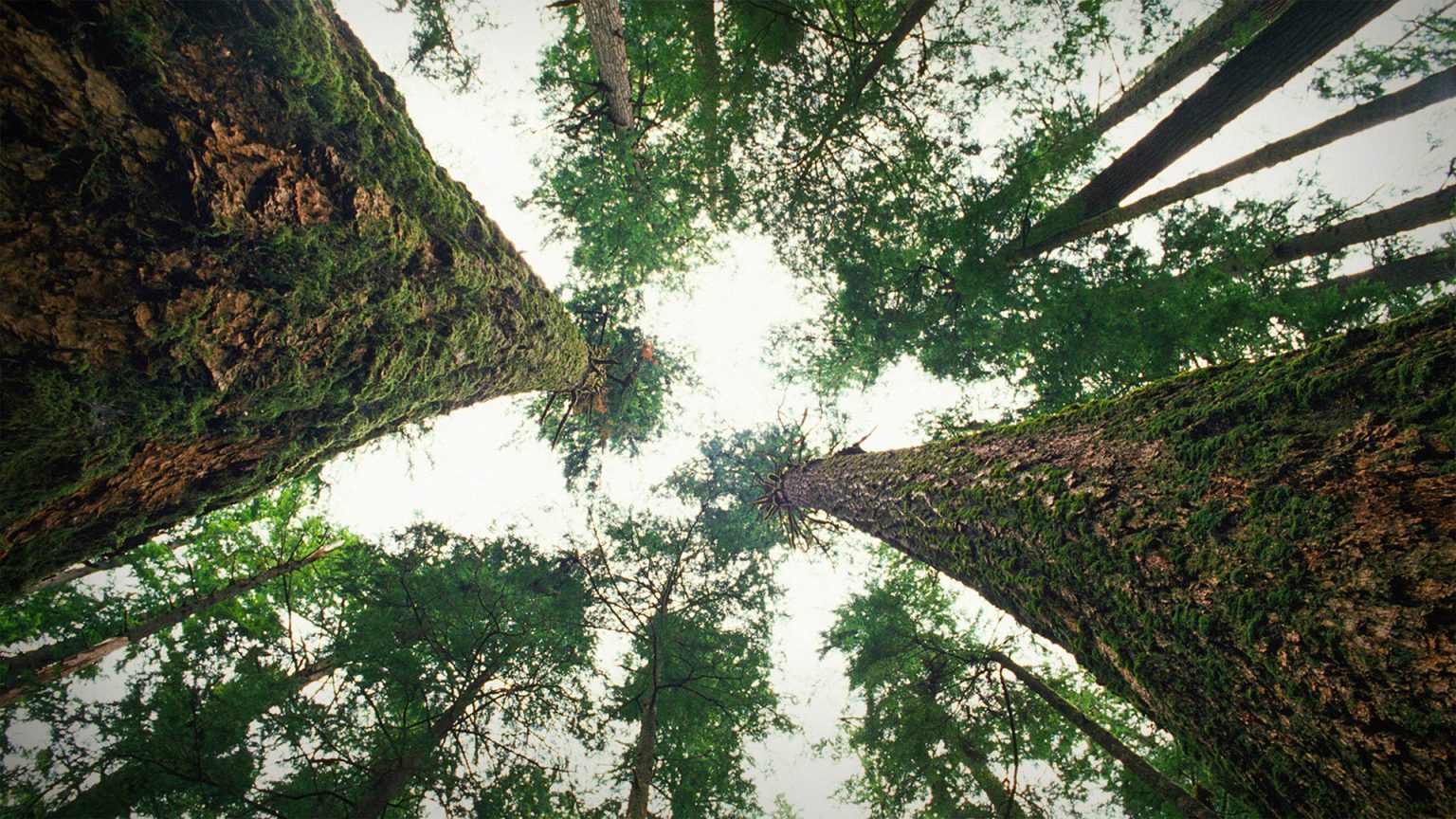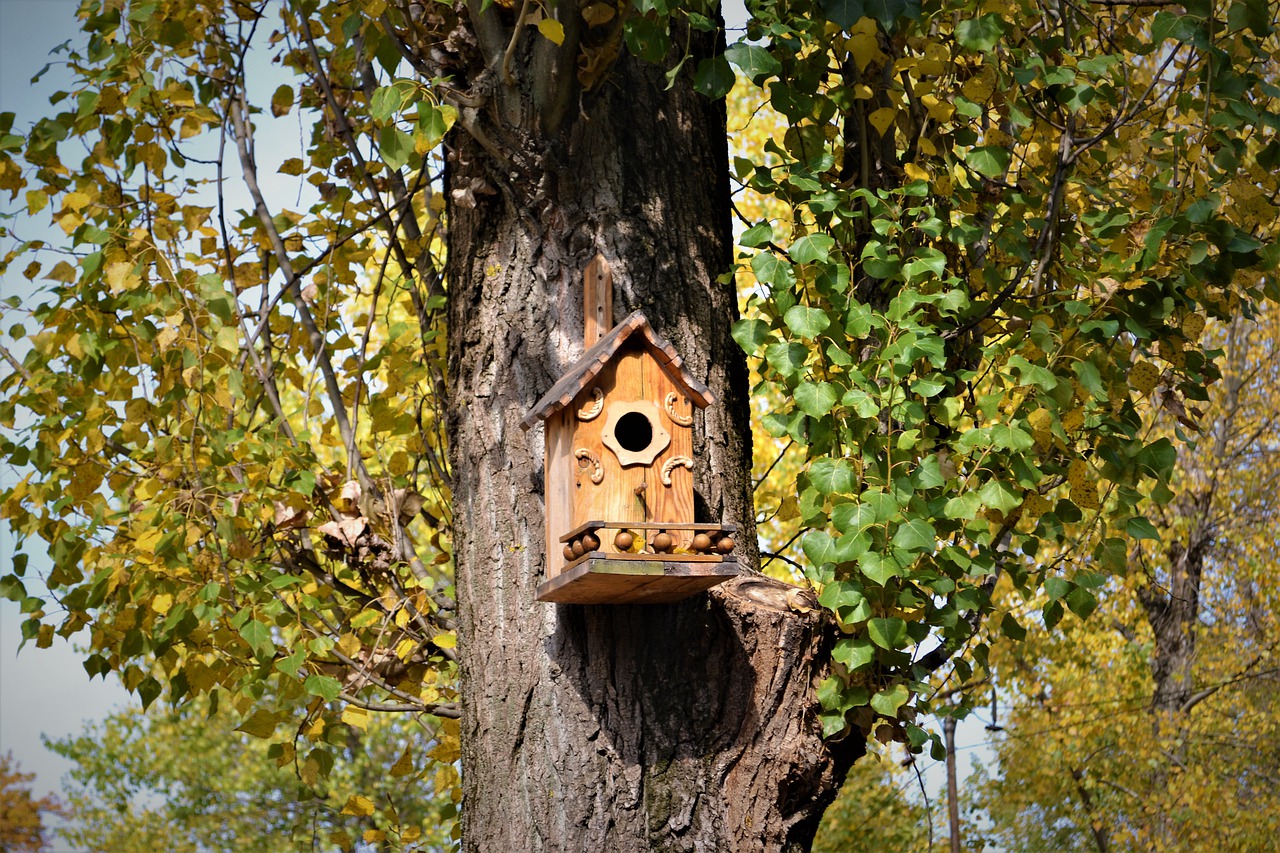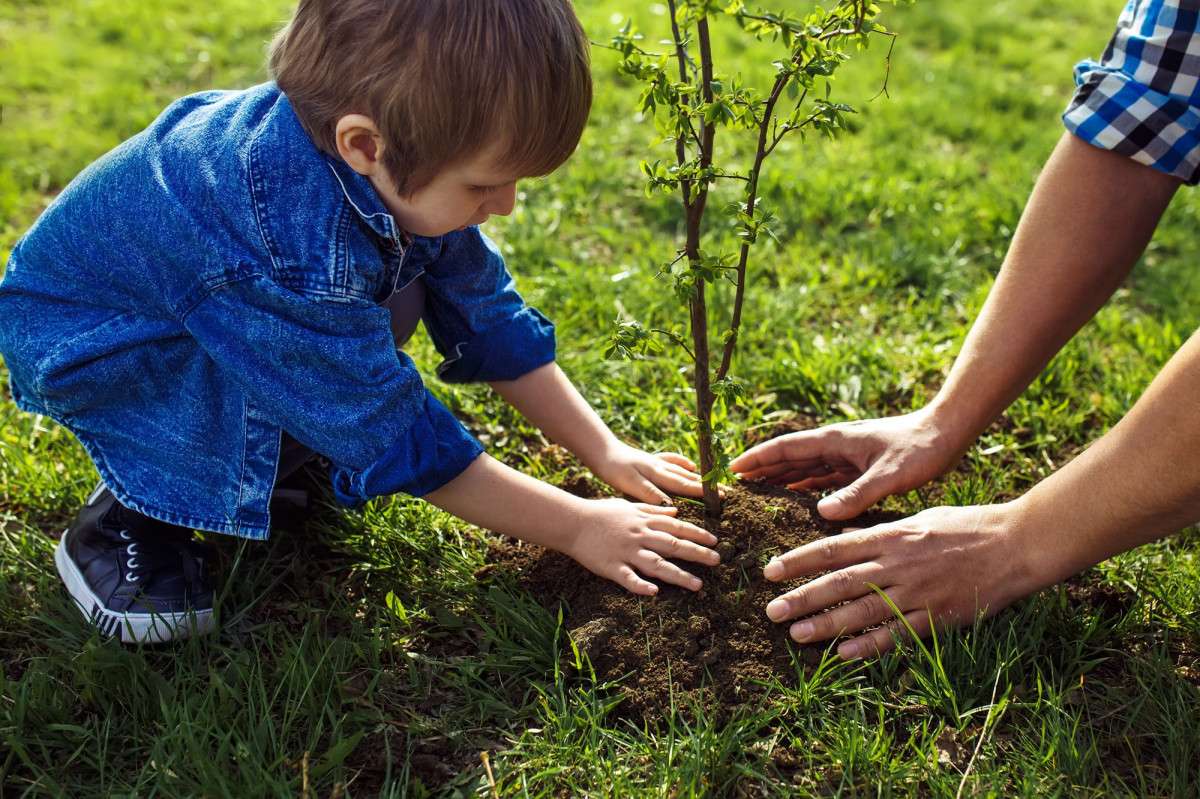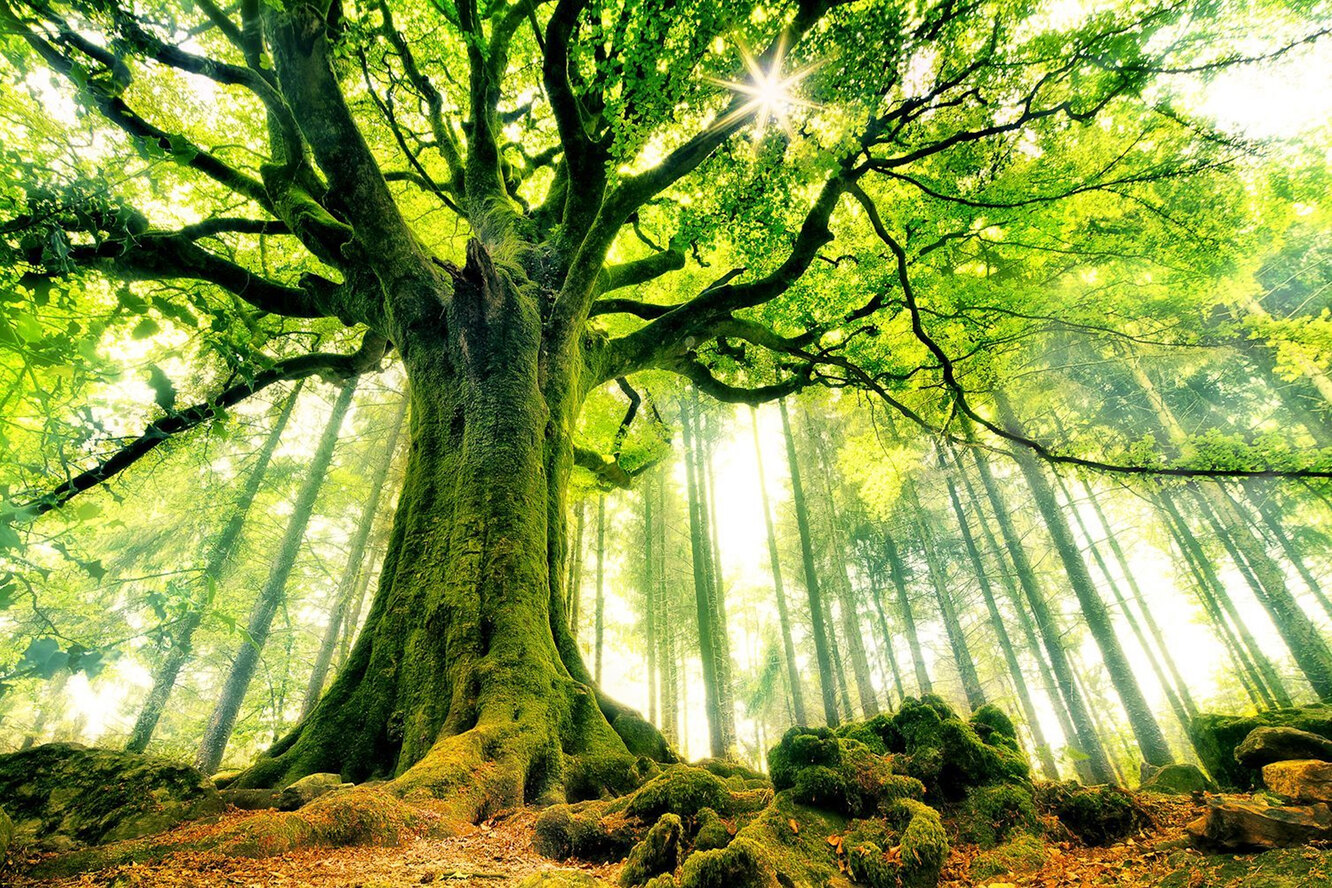Trees are more than just part of our natural landscape. They provide shelter and food for wildlife. They absorb carbon dioxide and produce breathable air. And one of the best things about trees is that they add to the beauty of the world.
Trees can help to reduce stress
Research suggests that being around trees is good for our mental and social well-being. A study conducted by the University of Illinois and the University of Hong Kong found that the denser the forest, the lower the stress, which suggests that taking a walk down a tree-lined street could prove beneficial to your mental wellbeing. Research also suggests that nature experiences help us to feel kinder toward others. This is partly because they release chemicals called phytoncides. When we breathe them in, it can reduce blood pressure, lower anxiety levels, and increase pain threshold.

Tree rings can predict climate change
Dating a tree by studying its rings is called Dendrochronology. However, a tree’s rings don’t only reveal its age, they can also indicate the occurrence of natural disasters such as a volcanic eruption or a drought event. In the years of good growth, characterized by a healthy supply of resources, the ring is thick. It is thin when resources are scarce in the ecosystem.
A study by Somaru Ram from the Indian Institute of Tropical Meteorology showed that the increasing heat index and temperature in Sikkim, India has had an adverse effect on tree growth due to high potential evapotranspiration—the rate at which plants lose water through their leaves. Such studies help scientists understand the impact of climate change.

Trees are able to communicate and defend themselves against attacking insects
Scientists have found that trees can flood their leaves with chemicals called phenolics when the insects begin their raid. They can also signal danger to other trees so they can start their own defense. Willow trees, for example, emit certain chemicals when they’re attacked by webworms. Other willows then produce more tannin, making their leaves harder for the pests to digest.

Trees can help you find your way if you get lost in the woods
In northern temperate climates, moss will grow on the northern side of the tree trunk, where there is more shade. Also, a tree’s rings can help point you in the right direction too. If you’re in the northern hemisphere, you can see the rings of the tree grow slightly thicker on the southern side since it receives more light. In the southern hemisphere, the opposite is true, with rings being thicker on the north side.

If a birdhouse is hung on a tree branch, it won’t move up the tree as the tree grows
This is because trees grow from the top. Specialized cells in the ends of the tree shoots form areas called meristems. These meristems are the locations from which a tree grows taller and limbs grow longer. Because trees grow from their most distal ends, it means that a branch will always be the same height as it was the day it emerged from the trunk as a little bud. However, just because tree branches do not rise as a tree grows doesn’t mean they will always be there, many trees shed their lowest branches as they grow.

Planting trees can help reduce your energy costs
Strategically planting trees and shrubs can save you up to 25 percent on your energy bills. A shade tree can help cool your home by as much as 20 degrees in the summertime. Not only do they provide shade in the summer, but serve as a windbreak in the winter, too.

Trees block noise by reducing sound waves
They reduce noise through a phenomenon called sound attenuation, which is the reduction of sound intensity. Leaves, twigs, and branches on trees, shrubs, and herbaceous growth absorb and deflect sound waves to mask unwanted noise.
